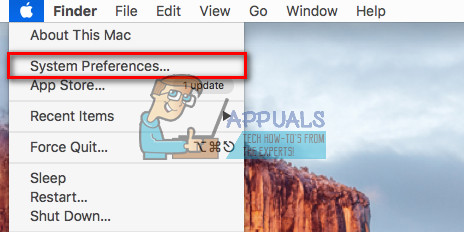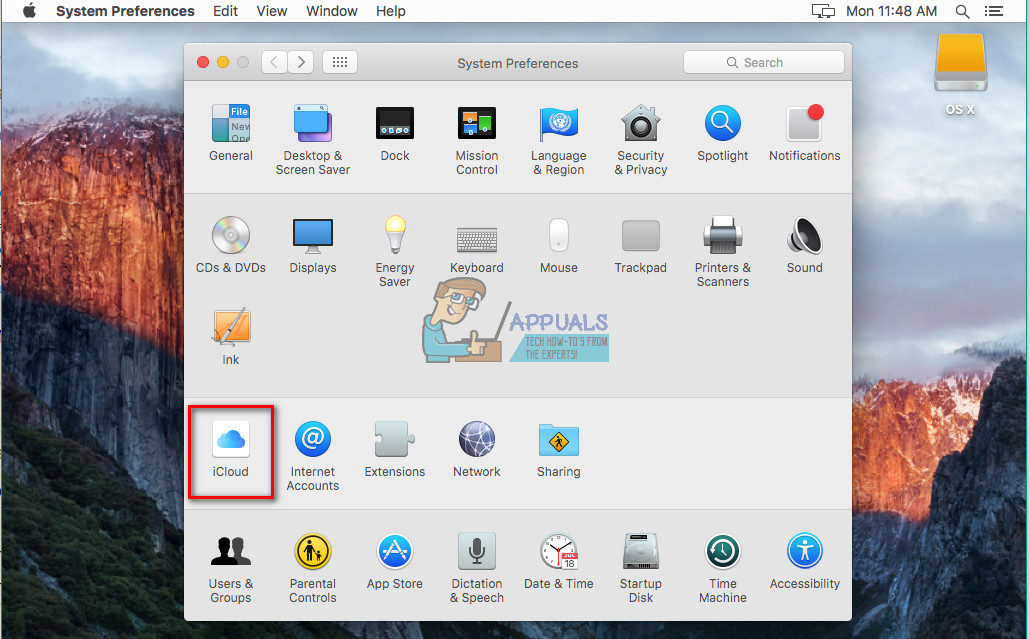How to Sign Up for an iCloud Account
iCloud is an Apple Cloud Storage that allows securely storing your videos, photos, music, documents, apps, etc. It keeps them on your personal webspace available across all your iDevices and Mac computers. You can also use it for quickly sharing photos, locations, calendars, and more with your family and friends. It can even help you to find your device if you lose it.
Using iCloud on your iDevices requires having an iCloud account. And, if you don’t have one, you can create it for free, from your iPhone, iPad, or iPod Touch as well as from your Mac or PC. The procedure is simple and doesn’t require more than 5 minutes of your precious time. If you want to sign up your iCloud account today, this article is just for you. Here you can learn how to create an iCloud account from various devices.
iCloud Explained
First, let me tell you that If you want to create an iCloud account, you need an Apple ID. You can use your current (if you have one), create a new Apple ID, or tap the link in Setup Assistant and get a new Apple ID.
With iCloud, you will get 5GB of free storage to save your data and media files. You can also update to a larger storage plan when you need more space. For $0.99/month you can get 50GB storage. For more information about your country’s pricing go to the following link Apple iCloud Storage Pricing.
Create an iCloud Account from iOS Devices
Before starting the procedure, make sure your iPhone, iPad or iPod Touch runs the latest iOS version. If you have an older device model, be sure your iOS version is later than iOS 6.
- Go to Settings and click on Your Name at the top. (On older iOS versions go to Settings and Click on iCloud)
- Search for the iCloud toggle and turn it on. (If you just turned your brand new iPhone X or iPhone 8, or you updated your iOS to the latest version, setup assistant will help you set up your iCloud)
- Now you can turn on or off all the apps that will use your iCloud.

You can also toggle on automatic downloads. That’s how you will be up-to-date with your apps, books, or music on all your iDevices.
- Go to Settings, tap on iTunes & App Stores, and make your selections.
Create an iCloud Account from Your Mac
Before you start the procedure, check which version of Mac OS X or macOS, you have. If your computer is one of the latest models, make sure you have the latest macOS installed. If you own an older Mac device, be sure to have the most recent Mac OS X Lion at least.
- Go to System.

- Open iCloud and Turn on the iCloud option.

- Enter your Apple ID.
- Select the Services you would like to use in the future.
- Turn on automatic downloads for your apps and music.
- Open iTunes.
- Go to Preferences and choose the Store
- Check the boxes for the content you want to download automatically. (Music, TV Shows, Movies, and Apps)
- Additionally, you can set the resolution for your video content.

Create an iCloud Account from Your PC
This procedure works on PCs with the Windows 7 operating system or above.
- Set up your iCloud account on your iPhone, iPad, iPod Touch, or Mac. Then, install iCloud for Windows.
- Open iCloud on your Windows PC and Sign in with previously created Apple ID.
- Choose the iCloud services you want to use in the future, and click Apply.
- When you activate iCloud Drive and Photos, iCloud for Windows will create new folders for these files in Windows Explorer. (Whenever you save all the new files in the iCloud folder, they will automatically appear on all your iDevices and Macs connected with the same iCloud account.)
If you use Windows Vista or Windows XP on your PC, you should do the following steps.
- Download and Install iCloud Control Panel for Windows from the following link iCloud for Windows Vista and XP.
- Set up your iCloud account on your iOS Devices and Macs first. (If you don’t have an Apple ID, set it up before installing iCloud Control Panel for Windows)
- After you have the iCloud Control Panel installed, go to the Windows Start menu, open the Control Panel, navigate to Network and Internet, and click on iCloud.

Accessing the Classic Control Panel interface - Synchronize your photos, videos, calendar, some office documents, contacts, and emails.
The good thing about the iCloud Control Panel for Windows is that it does not include too many settings. So, it is really simple to use.
How to Save Files on iCloud from Your PC
To save files to iCloud from your PC you just simply need to drag and drop the files into the iCloud Drive folder on your Windows PC. Then, the program will automatically upload content to iCloud in the background.
Additionally, the iCloud app for Windows keeps your Mozilla Firefox, Google Chrome, or Internet Explorer bookmarks on your PC in sync with your Safari bookmarks. You can also set up iCloud Photo Sharing using Photo Stream. It will automatically download the most recent photos from your iOS devices to your PC.
Final Words
Most of the time iCloud works quietly in the background. If you allow it to work with its default settings, you will find that files that you used on one device are available on another. Contacts, calendar events, emails, sync seamlessly and so on. And, that seamlessly sync, and the integration into Apple’s ecosystem makes the iCloud so popular. It is really convenient service that will simplify your everyday activities.
Feel free to use one of the methods explained above and create your own iCloud account, if you haven’t yet. Furthermore, share with us if you know any tips and tricks from your experience while using iCloud.